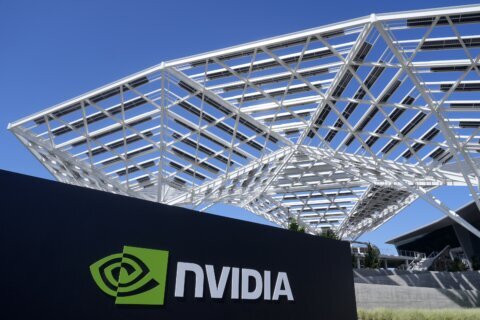Mayor Muriel Bowser and other city officials are pushing for more residential development in downtown D.C. as a way to help bring back its pre-pandemic energy — and developers are heeding the call.
But, in order to get people to want to live downtown, there is a lot of catching up to do.
Downtown D.C. is not like downtown Chicago or Manhattan in that it is missing much of what people living in those areas want and need.
“More and easier access to grocery stores,” said Wei Xie, east region research lead at real estate firm JLL, which has just published a report on the future of Central Business Districts.
“Family-oriented restaurants because not all families are going to be sitting down at five-star restaurants every day. Basic needs like medical services, health care and child care. All of those have to come into play in order for the city to compete successfully with some of the suburbs.”
In commercial real estate speak, metro areas develop and evolve around a hub-and-spoke model with downtowns being the hub and suburban magnets being the spokes. And the D.C. region has seen some formidable spokes develop in the last couple of decades that have the right mix of residential and business.
“We have very strong and very well established spokes like Tysons, Bethesda; longer spokes like Reston and Herndon,” Xie said. “So this model is expected to experience probably higher than typical disruption” compared to the typical central business district.
New development springing up in those spokes around D.C. have a mix of live, work and play baked in, and new developments in the District, such as The Wharf and Navy Yard, have successfully replicated that. JLL said central business districts, like downtown D.C., can future-proof themselves by building on the framework that makes those new neighborhoods attractive to people living there — and to investors.
Residential conversion in downtown D.C. is already happening in real time. JLL has identified 8.5 million square feet of existing office stock as residential redevelopment targets. That is about 10% of older office buildings in downtown D.C. And half of that is already happening.
“As of today 4.6 million square feet of office product is in various stages of residential conversion that will turn 22 office buildings into residential developments with a little over 5,000 units,” Xie said.
JLL’s report, which focused on Central Business Districts worldwide, not just D.C., said these areas are resilient and have comparative advantages in infrastructure, accessibility and the ability to scale growth, but they must leverage existing buildings to create the balance of mixed uses.
JLL’s The Future of the Central Business District report is online.








